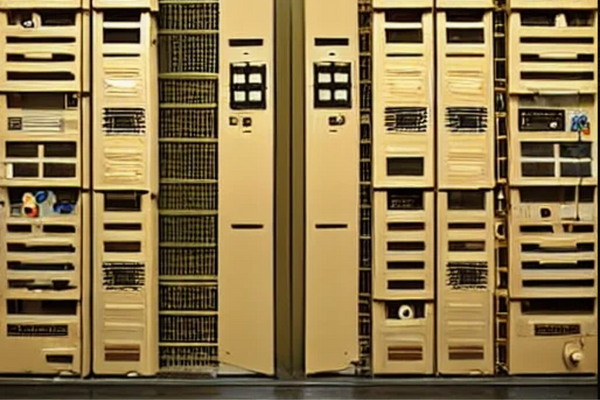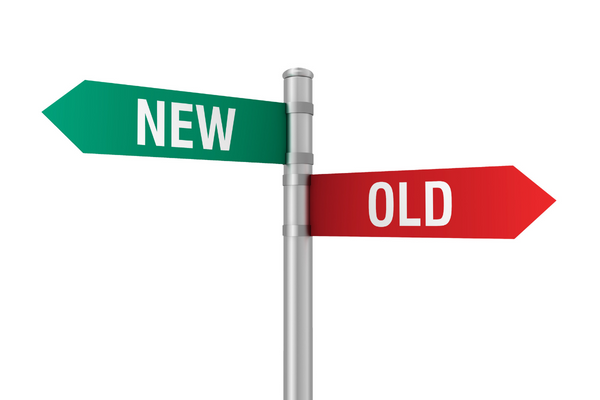The Impact of Staffing and Skills Changes on Modernization Plans

In an earlier post, we discussed changes in the technology landscape that should be understood when evaluating an organization’s modernization plans. Another essential reality of the current IT market must be considered as part of a company’s modernization strategy: staffing and skills.
For many organizations, staffing changes are driven by the inevitable march towards the retirement of a key constituent of the legacy application technology environment over the last 50 years – Baby Boomers. Baby Boomers represent the demographic born between 1946 and 1964 and entered the workforce during the dawning ages of computing. While the retirement of this demographic impacts many industries, including a number of the blue-collar trades, it is a significant challenge for many organizations that continue to depend on mainframes and technologies and languages that were “de rigueur” for the first 30 years of the computing evolution.
Complicating the demographic realities of this generation and their impact on the computing workforce is the changing nature of the skills that have been embraced by subsequent generations entering the workforce. It is certainly not true that the younger workforce entering this market can replace the retiring baby boomer generation. They have entered the workforce while the computing technology landscape has evolved to significantly different computing platforms and programming languages. These changes in the readily available skill sets in the marketplace beg the question as to WHY new entrants haven’t simply embraced older technologies? While the answer to this is beyond the scope of this article, regardless of why this change has happened and shows no signs of abating.
An organization’s modernization plans must reflect the most probable future human capital resources and factor them into their plans. Companies need to decide whether they are willing to take on the burden of training a new workforce on their legacy technologies because they believe only these computing options can provide solutions to their business demands, or they need to accept that they need to develop a strategy for evolving their application portfolios to the technologies that will be accepted and supported by a modern workforce.
This reality is not necessarily an indictment of any legacy technology. Instead, the evolution of computing options has grown over time and now provides a strong underpinning for modern applications.
It is fair to challenge the thinking that legacy application environments are necessary. If the argument is that legacy technologies are so strong, then why has no large company created over the last 20 years embraced that environment? Companies started during this timeframe have embraced the new technologies and the readily available workforce to support them. And they have grown large and significant using them! Think FAANG or MAMAA – Meta (formerly Facebook), Amazon, Microsoft, Apple, and Alphabet (formerly Google). There are other startup examples too.
Recognizing the changing technology and workforce landscape is key to any organization’s modernization plan. A modernization plan is designed for the future, not the past. Accepting the evolution of modern computing infrastructure and the dynamics of the current and evolving workforce is critical to the success of any company’s modernization plan. The evolution of the computing technologies that underpin many existing business applications includes cloud computing infrastructure and modern open-source technologies.
Organizations must understand these technologies’ impact on their modernization plans and the resources supporting them. If the plans created 5-10 years ago do not include these considerations (and they most likely do NOT!), decision-makers should force a transparent and fair evaluation of these critical technology building blocks and their ability to staff that technological environment. The amount of financial investment that has been made in many of the legacy technologies used in traditional business applications pales compared to that invested in global cloud computing infrastructure technologies and open-source-based innovations. We don’t suggest that all of these technologies are the same or appropriate for your needs. Still, an informed evaluation of these solutions against the backdrop of the changing IT workforce is critical to success.
Find Out More
Checkout Dale’s eBook, The COBOL Modernization Opportunity.
Related Post

Global Bank finds a self-funding approach to Mainframe Modernization with…
A leading Global bank knew it needed to modernize its mainframe as…

Understanding COBOL Cross-Compile
CloudFrame’s Relocate product is used to cross-compile COBOL systems in executable Java…

Predictions for the Future of zIIP and Specialty Processors
Over the past few months, I’ve written about the current state of…

Recent Comments